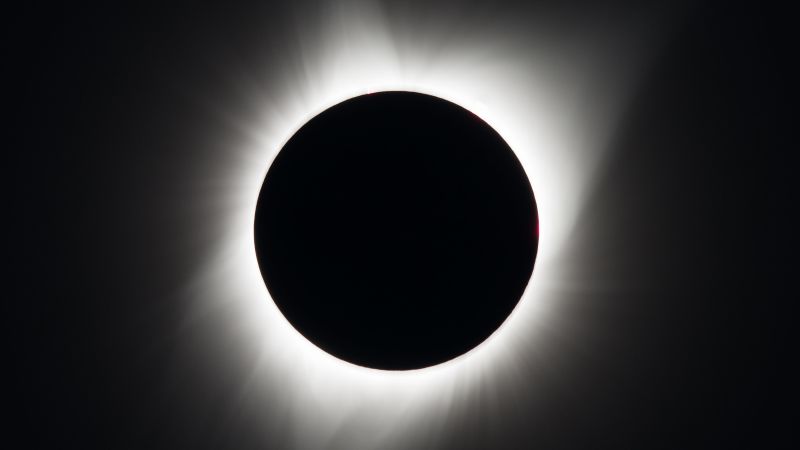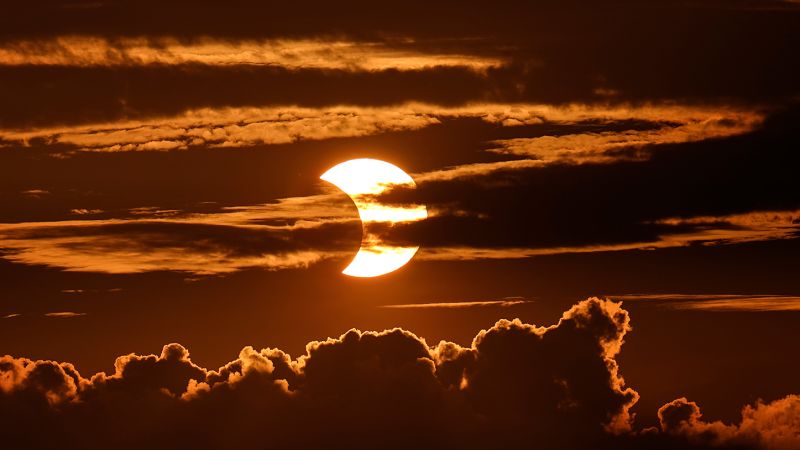Over the course of centuries, a calendar with no leap years would eventually become totally out of sync with the seasons as we know them. Let’s see what would happen.
${year}
By ${year}, the calendar has shifted forward ${shift}. While the old winter solstice was Dec. 21, the new date is ${winterSolsticeDate}. While the old summer solstice was June 20, the new date is ${summerSolsticeDate}.

Why leap years exist
Leap years exist because we need to play a bit of astronomical catch up.
The time it takes for Earth to orbit the sun doesn’t work out to an even number of days. A solar year, or tropical year, is actually 365 days, 5 hours, 48 minutes and 46 seconds, according to NASA calculations. As a result, every year the common, 365-day calendar lags behind the solar year by about one quarter of a day. While this might not seem like much of a difference, over four years, it works out to roughly a full day. This is where leap years come in. Without them, the summer season we generally experience in June would happen in December 700 years from now (as just one example from the Northern Hemisphere).
The origin of leap years
Many ancient populations, including the Sumerians, Chinese and Romans, created calendars based on phases of the moon. While lunar calendars do a good job of tracking months, they aren’t great for tracking seasons.
This created some problems in ancient Rome. Around 500 BC, the Roman republican calendar consisted of 12 lunar months totalling 355 days — about 10 days shy of a solar year. To keep the calendar in sync with the seasons, the Romans added an extra 27- or 28-day month called Mercedonius every few years. Due to political maneuvering, however, it was done so inconsistently that this system caused widespread confusion.
Around 46 BC, Roman emperor Julius Caesar proposed a solution: the Julian calendar. This new 12-month calendar would always consist of 365 days except every fourth year when an additional day was added. This brought the average length of the Julian year to 365.25 days — much closer to a solar year’s 365.2422 days.
Unfortunately, it wasn’t quite close enough. The average year in the Julian calendar was still 11 minutes and 14 seconds longer than the solar year, so calendar errors started to stack up.
By the late 16th century, the calendar was off by about 10 days, and the Catholic church was having a hard time settling on the date of Easter, which was supposed to fall on the Sunday following the first full moon after the spring equinox.
Cue the modern calendar. Pope Gregory XIII brought the seasons back into alignment in 1582 by eliminating the 10 extra days. That year, Thursday, October 4 was followed by Friday, October 15. To fix the calendar going forward, he introduced what we use now: the Gregorian calendar. It’s essentially the Julian calendar, but with a new rule: All years divisible by four are to be leap years except for century years, which must be divisible by 400 to be leap years.
What’s next for leap years
Therefore, 800, 1200 and 2000 are leap years — but 1700, 1900 and 2100 are not, because even though they are divisible by four, they are not divisible by 400.
This brought the average length of the Gregorian year to 365.2425 days, off by just 26 seconds compared to a solar year.
While under the Julian calendar, a day shift accumulated every 129 years, that only happens every 3,333 years under the modern calendar.
But that’s a problem for another millennium.

About the dates
The math used in this story simulates the calendar shift caused by the solar, or tropical, year — the measure of time between the two vernal equinoxes. The estimates were based on 1-year periods from Dec. 31, 2024 onward. While solstice dates can vary by a day or two from year to year, future solstice date estimates were based on 2024’s solstices in the Northern Hemisphere as starting points (June 20 at 4:51 p.m. ET and December 21 at 4:20 a.m. ET). Distances in the orbit graphic are not to scale.




